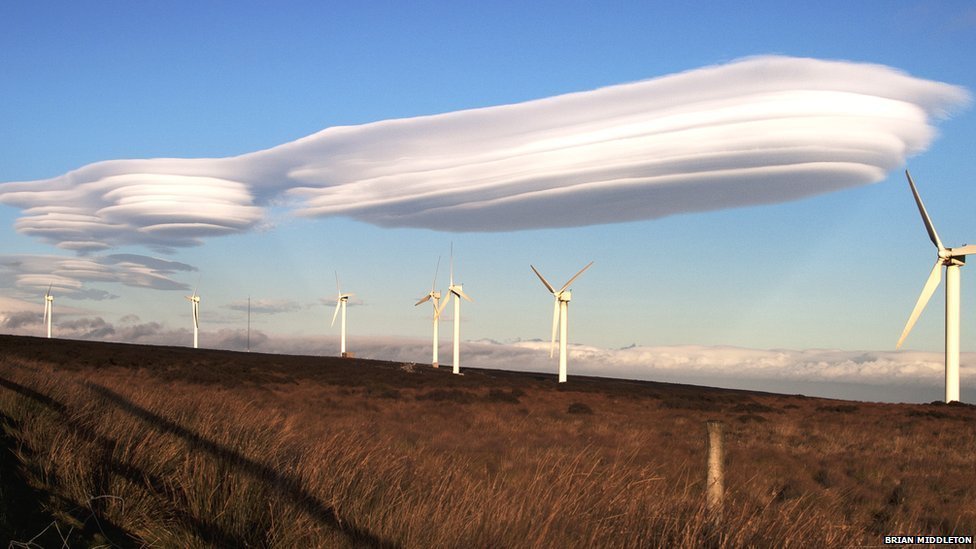
“Hydrogen chloride released from Ijen volcano mixed with the lake and turned it into an acidic monstrosity that it is today,” writes Quora user Vinay Sisodia. When the gas condenses and falls to the ground, it dyes the lake’s surrounding stones a shocking shade of electric yellow. That same chamber blasts a continuous stream of sulphuric gas from lakeside fumaroles that swirl around the lake. They also render the Ijen crater-lake the world’s largest highly acidic lake with a pH of 0.5. Combined with a high concentration of dissolved metals, the gases turn the water a brilliant shade of blue. The magma chamber below the volcano pours sulphuric gases into the lake. One element is responsible for the entire, striking scene: sulphur. To add to the drama, bright, citrine-coloured stones and billows of white gasses surround the 1km-wide aquamarine lake in a spectacular show. Travellers flock to the Indonesian island of Java to see the magnificent Kawah Ijen volcano – but what they don’t expect to find is the stunning turquoise-hued caldera lake at the volcano’s summit. Visitors can see these sailing stones in a few locations, including Little Bonne Claire Playa in Nevada and most famously, Death Valley’s Racetrack Playa. Warmer months melt the ice and evaporate the water, leaving only the stones and their mysterious trails. Stones with rough bottoms leave straight tracks, while those with smooth bottoms drift and digress. Thanks to ice’s buoyancy, even a light breeze can send those frozen boulders sailing across the muddy bottom of the lakebed. In winter, Racetrack Playa fills with water and the lakebed’s stones become encased in ice. In 2006, Ralph Lorenz developed a kitchen table model using a small rock frozen in an inch of water in a Tupperware container to demonstrate ice shove, the phenomenon behind the mysterious sailing stones.
#NATURAL PHENOMENA CRACK#
It took a NASA scientist to crack the case. Who, or what, had moved the stones? A slew of theories emerged, from magnetic fields to alien intervention to dust devils to pranksters. How had so many boulders, some weighing 300kg, moved as much as 250m across this remote part of the valley, asks Quora user Farhana Khanum?Īdding to the mystery, some trails were gracefully curved, while others were straight with sudden shifts to the left or right. When visitors stumbled upon scores of heavy stones that appeared to have moved across the dried lake bed of Racetrack Playa in California’s Death Valley National Park, leaving a tell-tale trail in their wake, scientists were baffled. It’s a visual and scientific wonder, and Taylor Glacier – accessible only by helicopter from McMurdo Station or Scott Base, or cruise ship in the Ross Sea – is the only spot on Earth to see it. As the saltwater trickles through a fissure in the glacier, it reacts with the oxygen in the air to create this spectacular, rust-hued cascade. In fact, the brilliant ochre tint comes from an extremely salty sub-glacial lake, explains Quora user Aditya Bhardwaj.Ībout two million years ago, a hyper-saline body of water became trapped beneath Taylor Glacier, isolated from light, oxygen and heat. Nor is it water dyed by red algae, as early Antarctica pioneers first speculated. The trickling crimson liquid isn’t blood, however. It’s a surprising – and creepy – sight to behold. Blood Falls, in East Antarctica’s McMurdo Dry Valleys, looks like slowly pouring scarlet-red blood, staining snowy white Taylor Glacier and Lake Bonney below. Come spring, when the ice melts, the methane bubbles pop and fizz in a spectacular release – but if anyone happens to light a match nearby, the masses of methane will ignite into a giant explosion.Ĭurious travellers can see these gassy hiccups in lakes across Canada’s Banff National Park, or in the Arctic Ocean off Siberia, where researchers have found gargantuan gas bubbles as large as 900m across.

This potent greenhouse gas not only warms the planet, but also is highly flammable. It’s a stunning, but potentially dangerous sight. The gas is released as bubbles that transform into tens of thousands of icy white disks when they come into contact with frozen water, Quora user Mayur Kanaiya explains. Found in winter in high northern latitude lakes like Lake Abraham in Alberta, Canada, these gas bubbles are created when dead leaves, grass and animals fall into the water, sink and are eaten by bacteria that excrete methane.


 0 kommentar(er)
0 kommentar(er)
